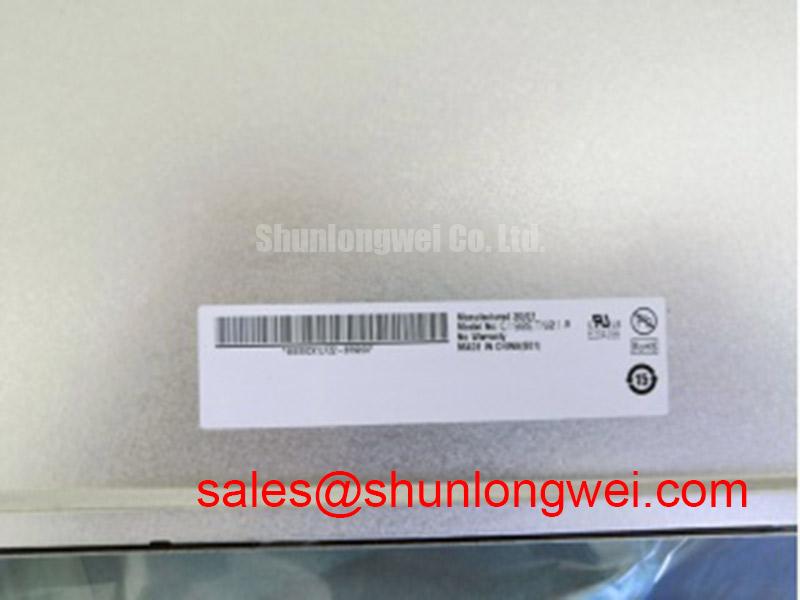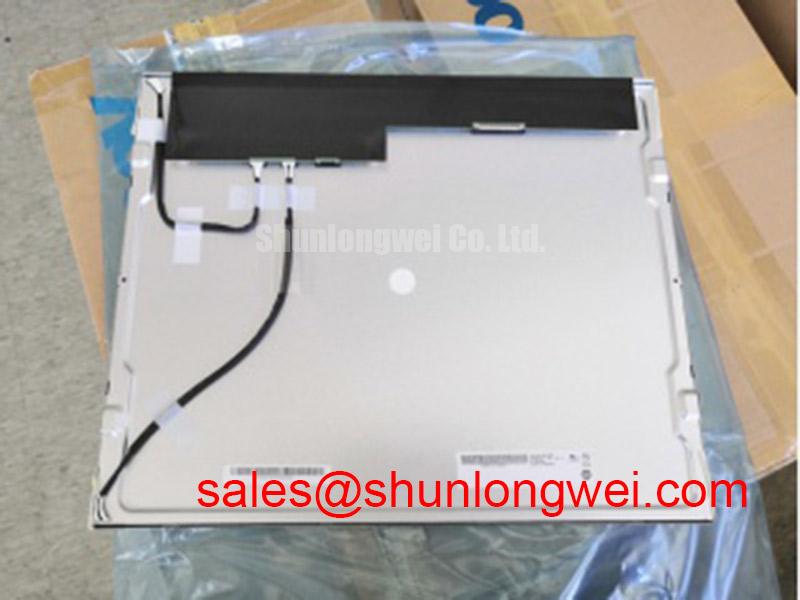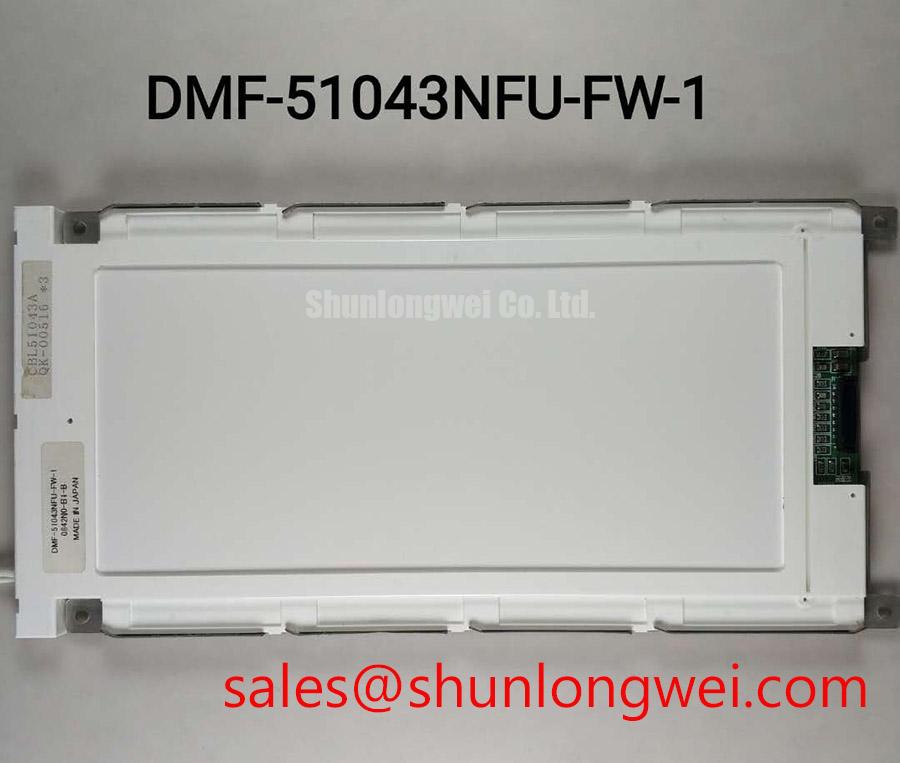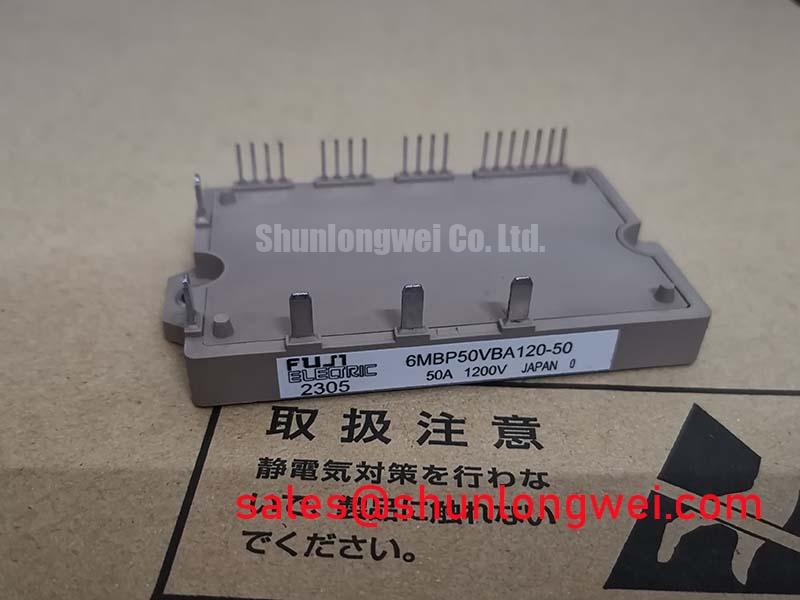```html
G190ETN01.9 | 19-inch Industrial LCD for Extreme Temperatures
Engineered for Unwavering Performance in Demanding Environments
The AUO G190ETN01.9 is a 19.0-inch TFT-LCD module specifically designed for long-term operational stability in thermally and visually challenging industrial settings. Imagine an HMI on a factory floor, exposed to winter cold and process heat; this display maintains consistent performance where commercial-grade screens falter. Its wide operating temperature range eliminates the need for complex and costly auxiliary heating or cooling systems, directly simplifying system design and lowering the total cost of ownership. This resilience is central to its engineering philosophy.
Top Specs: 1280x1024 Resolution | -30 to +80°C Operating Temperature | 50,000 Hour LED Backlight
Key Benefits: Exceptional thermal resilience, Enhanced visibility in high ambient light.
Core Operational Parameters at a Glance
The following specifications are central to the G190ETN01.9's performance profile, providing the data needed for system integration and design evaluation. This selection highlights the key metrics that enable its deployment in demanding industrial and commercial applications.
| Parameter | Specification |
|---|---|
| Screen Size | 19.0 inch |
| Resolution | 1280 (RGB) x 1024, SXGA |
| Brightness | 450 cd/m² (Typ.) |
| Operating Temperature | -30 ~ 80 °C |
| Surface Treatment | Anti-Glare, Hard coating (3H) |
| WLED Backlight Lifetime | 50,000 hours (Typ.) |
Field-Proven Deployments and Value
The robust construction of the AUO G190ETN01.9 makes it a prime candidate for applications where environmental control is not guaranteed. Its capabilities translate directly into operational value across several sectors:
- Industrial Automation: As the primary visual interface for Human-Machine Interfaces (HMIs) and process control systems in factories, foundries, and outdoor facilities, its thermal range ensures continuous operation year-round.
- Transportation Systems: Deployed in passenger information systems within train stations or bus shelters, the display delivers clear, readable information despite fluctuating temperatures and ambient light conditions.
- Outdoor Kiosks & Digital Signage: For interactive kiosks or informational displays in shaded outdoor locations, the 450-nit brightness combined with an anti-glare surface provides necessary readability.
- Medical Instrumentation: In diagnostic equipment where long-term stability and consistent image quality are crucial, the long-life backlight and stable performance offer dependable visualization. For systems that require different resolutions or sizes, the G150XTN03.6 presents an alternative feature set.
For systems operating in uncontrolled thermal environments that demand consistent uptime, the G190ETN01.9's -30°C to 80°C operational window makes it a superior choice over displays with standard temperature ratings.
Anatomy of a Resilient Display
Understanding the engineering behind the specifications reveals the module's true value. Three features in particular underscore its design for resilience.
Extreme Temperature Operation
What is the primary advantage of its wide temperature range? It guarantees functionality in environments from freezing warehouses to sun-baked enclosures without performance degradation. The operating range of -30 to 80°C is not just a number; it is a certification of reliability. Think of it like an all-season tire for your visual system—engineered to perform predictably across a vast spectrum of conditions, reducing the risk of component failure and system downtime. This is a critical factor in achieving a truly robust end-product, as detailed in guides on engineering displays for heavy machinery.
Clarity Through Surface Engineering
The anti-glare (AG) surface treatment is essential for maintaining readability in real-world lighting. It diffuses reflections from overhead lights or indirect sunlight that would otherwise wash out the image on a glossy screen. The AG coating acts like polarized sunglasses for the display, scattering disruptive light to ensure that critical data remains legible for the operator, thereby reducing eye strain and the potential for costly errors.
Engineered for Longevity
The WLED backlight system is rated for a typical lifetime of 50,000 hours. This figure translates to over 5.7 years of continuous 24/7 operation. For system integrators and end-users, this long lifespan significantly lowers the total cost of ownership by minimizing maintenance cycles, service calls, and the need for costly display replacements over the product's life.
Data for Your Design Matrix
To aid in the evaluation process, this section provides a factual comparison based on typical specifications. This data is intended to support an informed decision by highlighting key differentiators without making direct recommendations. The choice depends entirely on the specific constraints and objectives of your application.
- Thermal Range: The G190ETN01.9 offers a -30 to +80°C operating range, whereas many commercial-grade displays are limited to 0 to 50°C. This wider window is a critical enabler for deployment in harsh or outdoor environments.
- Interface & Integration: It utilizes a standard 2-channel, 8-bit LVDS interface, a widely adopted standard in industrial systems that ensures compatibility with a broad range of controller boards.
- Backlight Durability: With a 50,000-hour backlight rating, it provides a significant advantage in expected operational life compared to panels that may be rated for 20,000-30,000 hours, directly impacting long-term reliability and service costs. For designs with similar resolution but different brightness requirements, the G190EAN01.1 may be a relevant component to evaluate.
In-Action: Performance Snapshots
The G190ETN01.9 is designed for scenarios where failure is not an option. Consider its role in a CNC machine control panel on a busy manufacturing floor; it consistently displays precise tooling coordinates despite temperature swings and stray light. In another application, it serves as the core of an outdoor ticketing kiosk, delivering readable instructions to users from the chill of dawn to the warmth of the afternoon. These deployments underscore the practical value of its robust engineering in maintaining operational continuity. More information on the importance of such components can be found in resources like The Ultimate Guide to TFT-LCD.
Future-Proofing Visual Systems
The trend towards distributed intelligence and edge computing means that user interfaces are increasingly located closer to the action—and further from climate-controlled rooms. Integrating a display like the AUO G190ETN01.9 is a strategic decision that aligns with this shift. By selecting components inherently designed for environmental resilience, engineers can create more robust, versatile, and geographically flexible systems. This approach not only enhances the reliability of the immediate application but also strengthens the end-product's market position as a durable and dependable solution.
Frequently Asked Questions
1. What is the practical benefit of the -30°C to +80°C operating temperature?This wide range allows the G190ETN01.9 to be integrated into systems deployed in outdoor settings (e.g., transportation, kiosks) or unheated industrial environments (e.g., warehouses, factory floors) without requiring external heating or cooling components, simplifying the design and improving overall system reliability.
2. How does the anti-glare (AG) surface impact usability in bright conditions?The AG surface diffuses harsh reflections from ambient light sources. This prevents the "mirror effect" seen on glossy screens, ensuring the display's content remains clear and legible, which is critical for reducing operator error and eye fatigue in well-lit industrial or outdoor-adjacent applications.
3. Is the LVDS interface on the G190ETN01.9 compatible with modern single-board computers (SBCs)?Yes, the 2-channel, 8-bit LVDS interface is a well-established standard. Many industrial-grade SBCs and display controller boards offer native LVDS outputs, making the integration of the G190ETN01.9 a straightforward process for experienced system designers.
4. With a 50,000-hour backlight lifetime, what does this mean for maintenance planning?A 50,000-hour lifetime equates to approximately 5.7 years of continuous 24/7 operation before the backlight reaches 50% of its initial brightness. For most applications, this means the display's illumination source will likely outlast the service life of the product itself, effectively designing out the need for backlight maintenance.
A Strategic Choice for Long-Term System Integrity
Specifying the AUO G190ETN01.9 is more than a component choice; it's an investment in the long-term integrity and market reputation of the final system. In a landscape where equipment is expected to perform flawlessly in increasingly demanding environments, building a foundation on components engineered for resilience is a critical strategic advantage. This display provides the durability necessary to support the ongoing push of technology to the operational edge, ensuring that visual data is delivered with clarity and consistency, regardless of the challenges posed by the surrounding environment.
```











